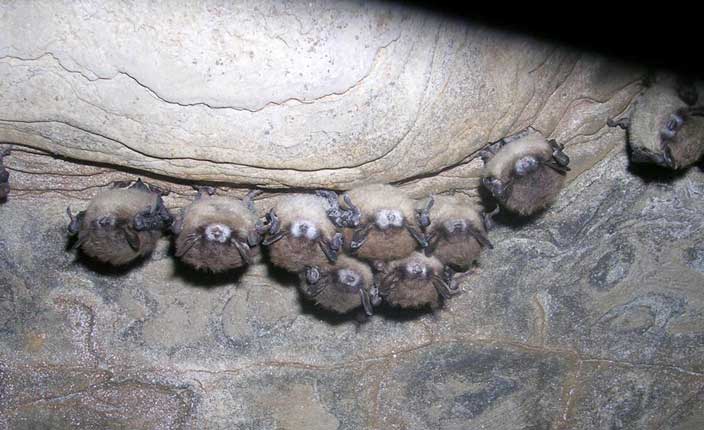|
Click to listen to this article
|
Forget Batman, the Bat is Agriculture’s Unsung Hero
For years, bats have gotten a bad rap as the creepy creatures lurking in the dark. But for just as long, agricultural producers have known that the winged wonder is actually the hero of the story, not the villain. Now a plague is decimating bat colonies. The culprit: white-nose syndrome. And it’s costing U.S. agriculture up to $495 million each year, according to new Colorado State University and University of Illinois Urbana-Champaign research supported by NIFA.
“When bats get this disease, it’s deadly to them, and it’s highly contagious,” said Colorado State University Associate Professor Dale Manning. “Lost bat populations have harmful ripple effects on food and agriculture,” said University of Illinois Urbana-Champaign Professor Amy Ando. “Crop yields fall- and input costs rise as farmers try to compensate for the services bats usually provide. That drives down the value of farmland and the number of acres planted, and the supply shock probably also hurts consumers as ag production becomes more costly.”
SOURCE: COLORADO STATE UNIVERSITY

